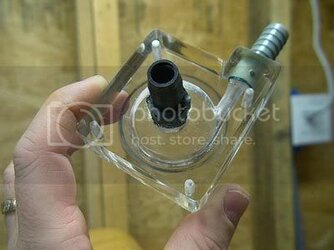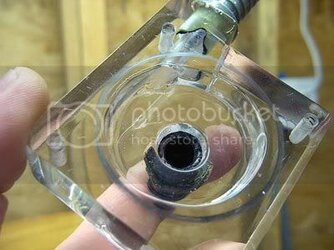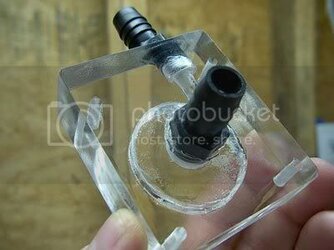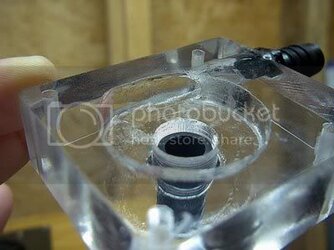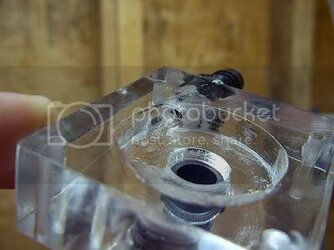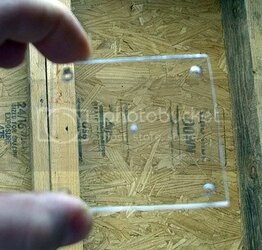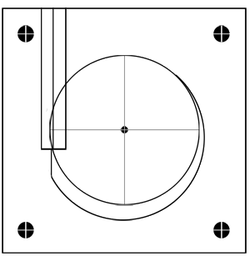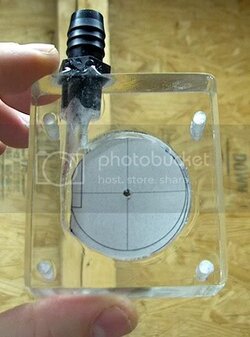- Joined
- Mar 3, 2005
- Location
- Spokane, WA
You mean one of these?

I didn't think that would work well because they leave a hole that's not quite flat. But the forstner leaves a perfectly flat bottom. In my experience they leave a pretty smooth hole too.
I've got both bits and plenty of material so I guess I can try both and see what works better.
I've got some other plastics too I want to try out.
Yeah I agree with you the Petra is a lot better than the Alphacool. I bored my inlet and outlet to 3/8" and it seemed to help. Only problem is I chipped out the thin acrylic around the inlet and had to epoxy it. On the outlet I cut into one of the screw holes and had to silicone that. The epoxy and silicone gave way after only a day.

I didn't think that would work well because they leave a hole that's not quite flat. But the forstner leaves a perfectly flat bottom. In my experience they leave a pretty smooth hole too.
I've got both bits and plenty of material so I guess I can try both and see what works better.
I've got some other plastics too I want to try out.
Yeah I agree with you the Petra is a lot better than the Alphacool. I bored my inlet and outlet to 3/8" and it seemed to help. Only problem is I chipped out the thin acrylic around the inlet and had to epoxy it. On the outlet I cut into one of the screw holes and had to silicone that. The epoxy and silicone gave way after only a day.
